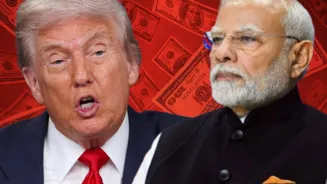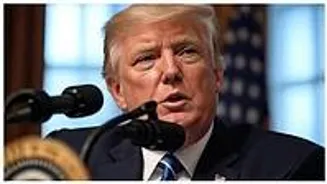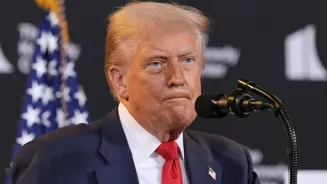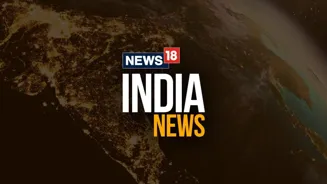Four-Pillar Strategy
The Indian government is executing a four-pronged strategy to drive exports. These pillars include speeding up Free Trade Agreement (FTA) negotiations,
enhancing ease of doing business, strengthening export promotion, and diversifying both exports and imports. This approach aims to provide a more stable environment for Indian exporters amidst rising global uncertainties. They are trying to navigate through the global trade with a clear strategy.
FTA & Key Nations
Discussions with Oman are in the final stages, with a deal expected soon. Furthermore, India is actively engaged in talks with New Zealand, Peru, and Chile to foster trade relations. The focus includes increasing the utilization of existing FTAs with nations like ASEAN. A high-level delegation will also be visiting Russia to explore trade opportunities.
US Tariff Impact
The US has imposed steep tariffs on Indian goods, including a 25% import duty effective August 7th, with another 25% coming into effect on August 27th, totaling 50%. Labour-intensive sectors like chemicals, textiles, and gems and jewellery have raised concerns. India is working on addressing these impacts with relevant stakeholders.
Diversification & Promotion
The government aims to diversify imports and reduce dependence on a few countries. Additionally, they are expanding export promotion activities to 30 more countries, adding to the existing 20. The ministry is also working on strengthening its existing export promotion schemes. This move is crucial for India's global trade ambitions.
EU & UK Pacts
Negotiations with the EU are being fast-tracked, with hopes of concluding talks by year-end. India has also requested the UK to expedite the approval of the CETA, signed on July 24th. These efforts showcase India's commitment to strengthening its trade ties with major global partners, highlighting its strategic approach to global trade.















